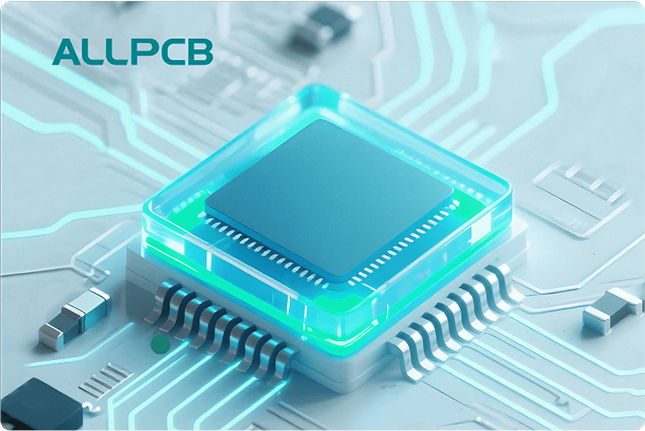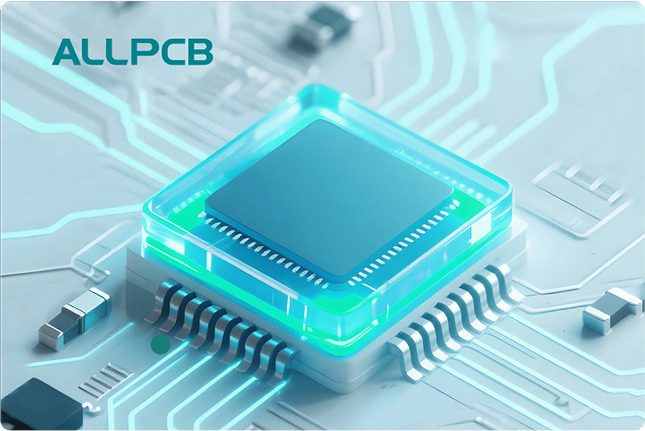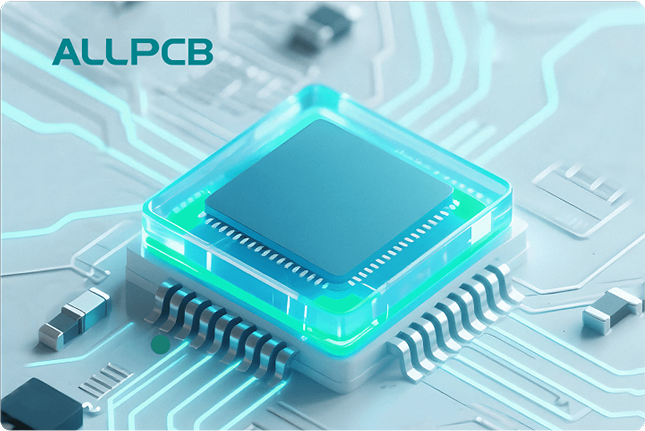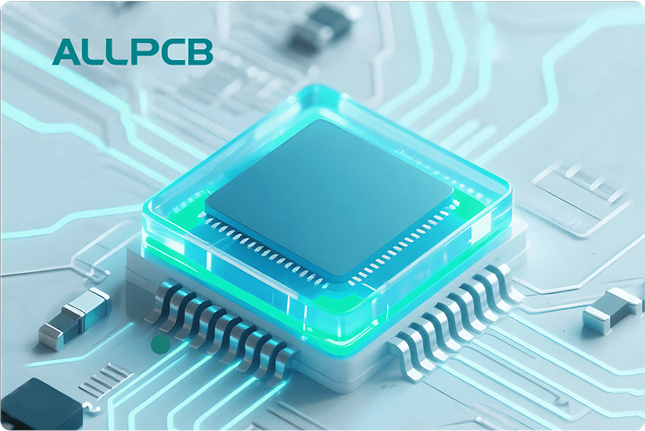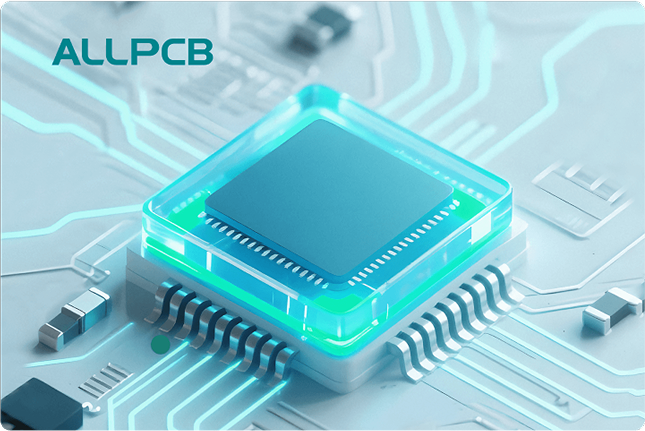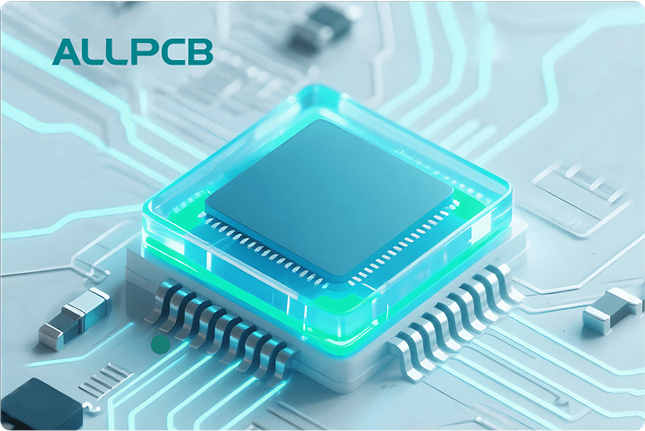Reflow soldering is a critical process in modern electronics manufacturing, widely used in surface-mount technology (SMT) for assembling printed circuit boards (PCBs). However, defects in reflow soldering can lead to poor connections, reduced reliability, and costly rework. In this comprehensive guide, we’ll explore common reflow soldering technology defects, their causes, and practical solutions to ensure high-quality PCB assembly. Whether you’re troubleshooting equipment issues or comparing reflow soldering to wave soldering techniques, this blog provides actionable insights for engineers and manufacturers aiming to optimize their processes.
What Is Reflow Soldering and Why Do Defects Matter?
Reflow soldering is a process used to attach surface-mount components to a PCB by melting solder paste, which forms a permanent bond as it cools. This technique relies on precise temperature control within a reflow oven to ensure proper soldering without damaging components. When done correctly, reflow soldering ensures strong electrical connections and reliable performance. However, defects in this process can lead to issues like weak joints, component failure, or even complete product malfunctions.
Understanding and addressing reflow soldering defects is essential because they impact product quality, increase production costs due to rework, and can delay delivery timelines. By identifying the root causes of these issues—whether related to equipment, materials, or process settings—you can improve yield rates and maintain high standards in electronics manufacturing.
Common Defects in Reflow Soldering Technology
Reflow soldering defects can arise from various factors, including improper temperature profiles, poor solder paste application, or equipment malfunctions. Below, we dive into the most common issues encountered during this process, along with their causes and potential fixes.
1. Tombstoning
Tombstoning occurs when a small component, like a resistor or capacitor, stands upright on one end instead of lying flat on the PCB. This defect resembles a tombstone, hence the name, and results in an open circuit or poor connection.
- Causes: Uneven heating during the reflow process, where one pad cools or heats faster than the other, causing the component to tilt. This can also happen due to incorrect pad design or insufficient solder paste on one side.
- Solutions: Optimize the reflow temperature profile to ensure uniform heating across all zones. Check pad designs for symmetry and ensure consistent solder paste application using a stencil with precise apertures. Studies suggest that maintaining a temperature ramp-up rate of 1-3°C per second can minimize thermal shock and reduce tombstoning risks.
2. Solder Bridging
Solder bridging happens when excess solder forms a connection between adjacent pads or pins, creating a short circuit. This defect is often visible as a small blob of solder linking two points that should remain separate.
- Causes: Over-application of solder paste, incorrect stencil design, or excessive reflow temperatures that cause solder to flow uncontrollably.
- Solutions: Adjust the stencil thickness (typically 0.1-0.15 mm for fine-pitch components) to control solder paste volume. Fine-tune the reflow oven settings to avoid overheating, ensuring the peak temperature stays within the recommended range of 240-260°C for lead-free solder.
3. Cold Solder Joints
A cold solder joint appears dull and grainy, indicating that the solder did not fully melt or bond with the component lead and PCB pad. This leads to weak mechanical and electrical connections, often causing intermittent failures.
- Causes: Insufficient heat during the reflow process, often due to a low peak temperature or short dwell time in the reflow zone. Component or board contamination can also prevent proper wetting.
- Solutions: Ensure the reflow profile matches the solder paste specifications, typically requiring a soak time of 60-90 seconds at 150-200°C before reaching the peak. Clean the PCB and components to remove oxides or residues before soldering.
4. Solder Balls
Solder balls are tiny spheres of solder that form on or around the PCB during reflow, potentially causing shorts or reliability issues if they move during operation.
- Causes: Excess moisture in the solder paste or PCB, which vaporizes during heating and forces solder out of place. Poor stencil cleaning can also contribute to this defect.
- Solutions: Store solder paste and PCBs in a controlled environment with humidity below 50%. Preheat the board gradually (at 1-2°C per second) to allow moisture to escape before the solder melts. Regularly clean stencils to prevent paste buildup.
Equipment Issues in Reflow Soldering
The quality of reflow soldering heavily depends on the equipment used, such as the reflow oven and stencil printer. Equipment-related issues can amplify defects or introduce new challenges. Here are some common problems and how to address them.
1. Inconsistent Temperature Control
Reflow ovens must maintain precise temperature zones for preheating, soaking, reflow, and cooling. If the oven struggles with temperature consistency, it can lead to defects like cold joints or overheating.
- Impact: Variations of even 5°C across zones can cause uneven soldering, with some areas not reaching the required 217°C liquidus temperature for lead-free solder.
- Solution: Regularly calibrate the oven using a thermal profiler to map temperature distribution. Ensure fans and heaters are functioning correctly, and consider ovens with multiple zones (6-10 zones are ideal for complex boards) for better control.
2. Conveyor Speed Variations
The speed at which a PCB moves through the reflow oven affects how long it spends in each temperature zone. If the conveyor speed is too fast or slow, the board may not heat or cool properly.
- Impact: A conveyor speed of 60 cm/min might work for a simple board, but complex designs with dense components may require slower speeds (40-50 cm/min) to ensure adequate heat exposure.
- Solution: Adjust conveyor speed based on board complexity and monitor dwell times in each zone. Use a profiling tool to verify that the time above liquidus (TAL) is within 30-90 seconds for most lead-free solders.
3. Poor Stencil Printer Alignment
Stencil printers apply solder paste to the PCB before components are placed. Misalignment or uneven pressure can result in inconsistent paste deposits, leading to defects like solder bridging or insufficient solder.
- Impact: Misalignment by even 0.05 mm can cause paste to spread beyond the pad, increasing the risk of shorts on fine-pitch components with 0.4 mm spacing.
- Solution: Use vision systems in stencil printers for precise alignment. Regularly inspect and replace worn squeegee blades to maintain uniform pressure during printing.
Comparing Reflow Soldering to Wave Soldering: Defects and Equipment Challenges
While reflow soldering is ideal for surface-mount components, wave soldering is another common technique used primarily for through-hole components. Both methods have unique defect profiles and equipment considerations, and understanding these differences can help you choose the right process for your PCB assembly needs.
Reflow Soldering vs. Wave Soldering: Defect Profiles
- Reflow Soldering Defects: Focus on surface-mount issues like tombstoning, solder balls, and cold joints, often caused by thermal profile errors or solder paste issues. These defects typically affect smaller, densely packed components.
- Wave Soldering Defects: Common issues include bridging, insufficient hole fill, and solder skips, often due to flux residue, poor preheating, or wave height inconsistencies. These defects are more prevalent with larger through-hole components.
Equipment Differences and Challenges
- Reflow Soldering Equipment: Relies on multi-zone ovens with precise temperature control. Challenges include maintaining uniform heat distribution and managing conveyor speeds for different board designs.
- Wave Soldering Equipment: Uses a molten solder wave to coat through-hole leads. Equipment issues often involve maintaining consistent wave height (typically 2-3 mm above the board) and preventing flux contamination in the solder pot, which can lead to defects like icicles or webbing.
While reflow soldering excels in handling modern, compact SMT designs, wave soldering remains relevant for mixed-technology boards with through-hole components. Combining both techniques in a hybrid assembly process can sometimes be necessary, but it requires careful equipment setup to avoid overlapping defect risks.
Best Practices to Minimize Reflow Soldering Defects
Preventing defects in reflow soldering requires a combination of proper process control, equipment maintenance, and material handling. Here are actionable tips to improve your soldering outcomes:
- Optimize Temperature Profiles: Tailor the reflow profile to the specific solder paste and board design. For lead-free solder, aim for a peak temperature of 240-260°C and a time above liquidus of 30-90 seconds.
- Use Quality Materials: Select high-quality solder paste with consistent particle size (Type 3 or Type 4 for fine-pitch applications) and store it at 2-10°C to prevent degradation.
- Regular Equipment Maintenance: Clean reflow ovens and stencil printers frequently to avoid contamination. Calibrate thermal profiles monthly or after significant production runs.
- Inspect Before and After Soldering: Use automated optical inspection (AOI) systems post-reflow to detect defects like bridging or tombstoning early. Pre-soldering checks can catch stencil alignment issues.
- Train Operators: Ensure staff are trained in reflow soldering principles, including how to read thermal profiles and troubleshoot common equipment issues.
How to Troubleshoot Persistent Reflow Soldering Issues
If defects persist despite following best practices, a systematic troubleshooting approach can help identify the root cause. Start by isolating variables:
- Check the Thermal Profile: Use a profiler to measure actual temperatures across the board. Compare these to the recommended profile for your solder paste (often provided by the manufacturer).
- Inspect Solder Paste Application: Verify stencil alignment and paste volume. A paste height of 0.12-0.15 mm is ideal for most SMT components.
- Evaluate Component Placement: Ensure pick-and-place machines are calibrated to avoid misalignment, which can contribute to tombstoning or poor wetting.
- Analyze Equipment Performance: Look for signs of wear in oven heaters or conveyor belts that could disrupt consistent heating or board movement.
By methodically addressing each potential issue, you can pinpoint whether the problem lies in materials, equipment, or process settings, allowing for targeted corrections.
Conclusion: Achieving Reliable Reflow Soldering Results
Reflow soldering is a cornerstone of modern PCB assembly, but defects like tombstoning, solder bridging, and cold joints can undermine product quality if not addressed. By understanding the causes of these issues—whether related to equipment inconsistencies, improper thermal profiles, or material handling—you can implement effective solutions to enhance reliability. Additionally, comparing reflow soldering to wave soldering highlights the unique challenges of each method, helping you make informed decisions for your assembly process.
With proper equipment maintenance, optimized settings, and adherence to best practices, you can minimize reflow soldering defects and achieve consistent, high-quality results. Investing time in troubleshooting and process refinement pays off in reduced rework costs and improved product performance, ensuring your electronics meet the highest standards of reliability.
 ALLPCB
ALLPCB


